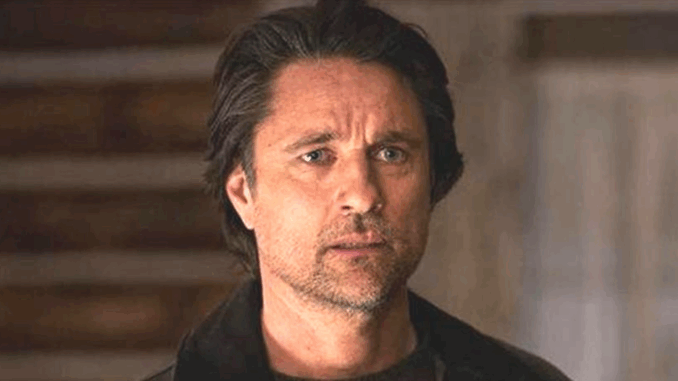
The Romance Genre, Before Virgin River
Romantic dramas have always held a steady place in television history. From Grey’s Anatomy to Dawson’s Creek, the formula of love, heartbreak, and redemption has been reimagined countless times. But by the late 2010s, the genre had grown overly saturated—with flashy plot twists, over-the-top conflicts, and characters that often felt more like archetypes than real people.
Enter Virgin River. When the show premiered in 2019, it didn’t aim to shock or overwhelm. Instead, it did something radically different: it slowed down. It chose emotional depth over spectacle. And that decision quietly—but powerfully—changed the direction of romantic storytelling on television.
Real People, Real Problems
What makes Virgin River stand out isn’t just its small-town charm or scenic backdrops—it’s the way it treats its characters as real people. Mel isn’t a perfect heroine. Jack isn’t just a handsome love interest. Doc, Hope, Preacher, Brie—they’re all layered, flawed, and evolving.
The show tackles everything from grief and infertility to addiction, PTSD, and aging—not with melodrama, but with authenticity. It acknowledges that love stories are rarely linear and that healing is never instant. This human approach brought emotional credibility back to the genre.
A New Formula for Binge-Watching
Where many modern series rely on cliffhangers to drive binge behavior, Virgin River proved that audiences could also be drawn to emotional continuity. Its episodes feel like chapters in a novel, building slowly but purposefully. You don’t watch to be shocked—you watch to be moved.
This allowed Virgin River to stand out in a crowded streaming landscape. It was “binge-able” without being “explosive.” And for many viewers, that gentle pacing was exactly what they were looking for.
The Influence on Other Shows

Since the success of Virgin River, there’s been a noticeable shift in how other shows approach romance and character-building. Netflix’s own Sweet Magnolias and Firefly Lane adopted similar tones, blending emotional complexity with warm settings. Even international dramas—from Canada to Korea—have begun to lean into the slow-burn, heartfelt approach that Virgin River popularized.
The show didn’t just find its audience—it created a model for other shows to follow. One that prioritizes empathy, healing, and community over spectacle.
Reshaping Demographics and Representation
Another way Virgin River changed the game was by expanding the genre’s demographic reach. Unlike teen-centric romances, this series attracted older viewers, middle-aged women, and even retirees—audiences that are often ignored in mainstream television.
It also offered mature romances, like the one between Doc and Hope, portraying love beyond youth with depth and dignity. This widened the lens of what romantic storytelling could be—and who it could speak to.
Mental Health and Emotional Literacy
From Jack’s PTSD to Mel’s grief over her late husband, Virgin River isn’t afraid to explore the mental health struggles of its characters. It doesn’t glamorize pain—it examines it. And in doing so, it encourages viewers to have emotional conversations in their own lives.
This emotional literacy is a powerful legacy. The show doesn’t just entertain—it gently teaches compassion, patience, and self-forgiveness.
Conclusion: A Legacy of Love, Pain, and Healing
Virgin River may seem like a quiet show, but its impact is loud. It redefined what modern romantic dramas could be—honest, nuanced, and profoundly moving. As the show approaches its later seasons, its legacy is already clear: it gave romance back its soul.
